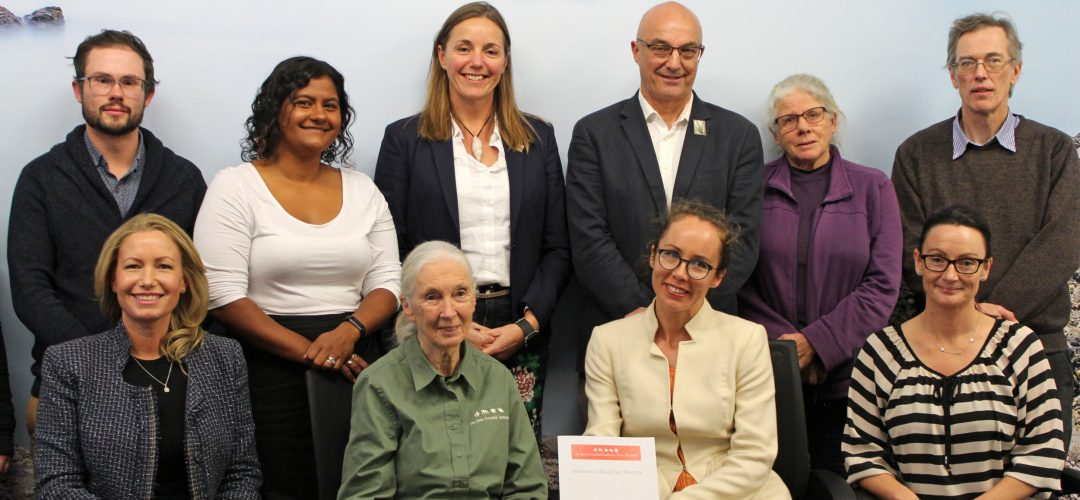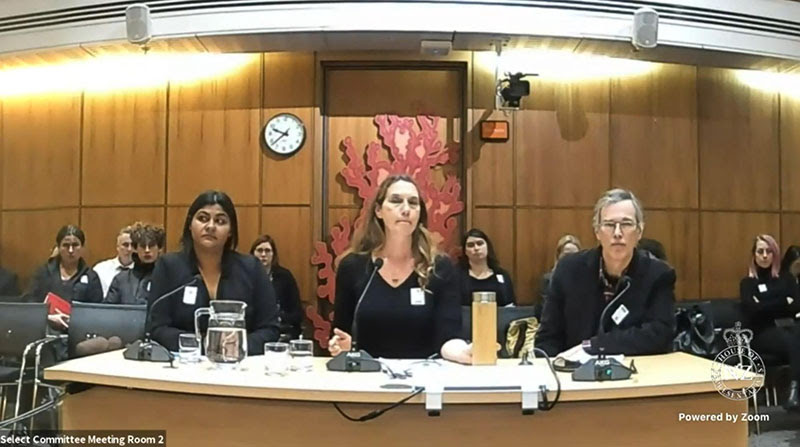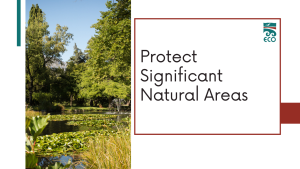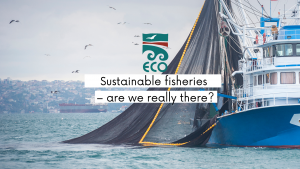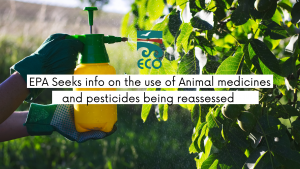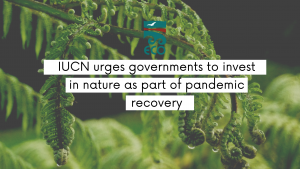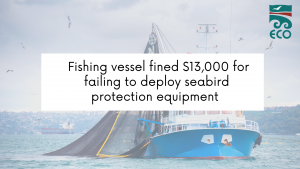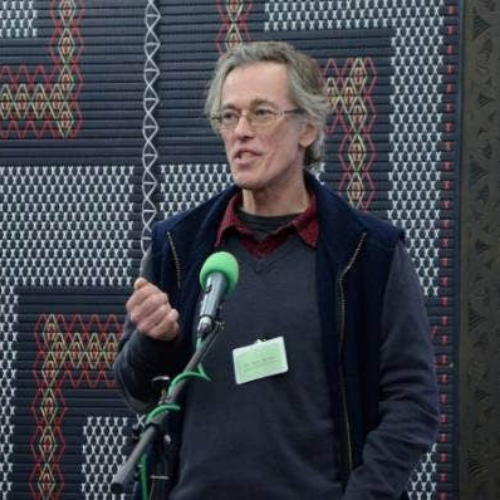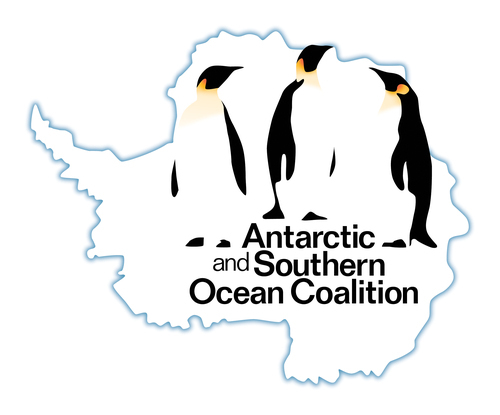It’s one of the best email newsletters I receive, as it’s a great way to keep a finger on the pulse of the environmental scene in Aotearoa. I like knowing about what other organisations are doing, and about what submissions and consultation are current or coming up – and deadlines. Kia kaha ki ngā mahi!




20150213_9292P
Celebrating 50 years since 1972
We are proud to welcome you to our new website that celebrates ECO's 50 year anniversary
20150213_9302P
We are an environmental peak body
Serving member organisations that work to protect our environment in Aotearoa
20150213_9330P
We are a part of international networks
IUCN (International Union for Conservation of Nature), Antarctic and Southern Ocean Coalition (ASOC), Deep Sea Conservation Coalition (DSCC), High Seas Alliance (HSA), and Climate Action Network (CAN)
20150213_9339P
Educate and campaign
For better environmental protection laws and policies while maintaining links between organisations, statutory and non-statutory bodies and government agencies

